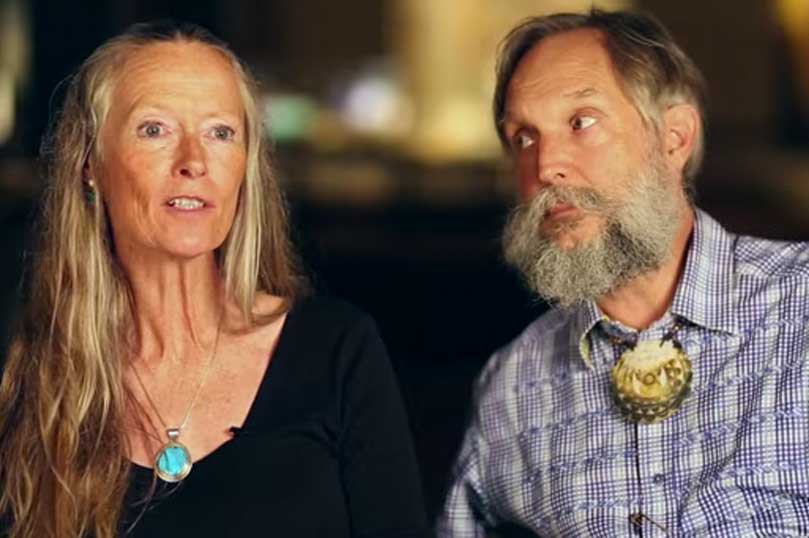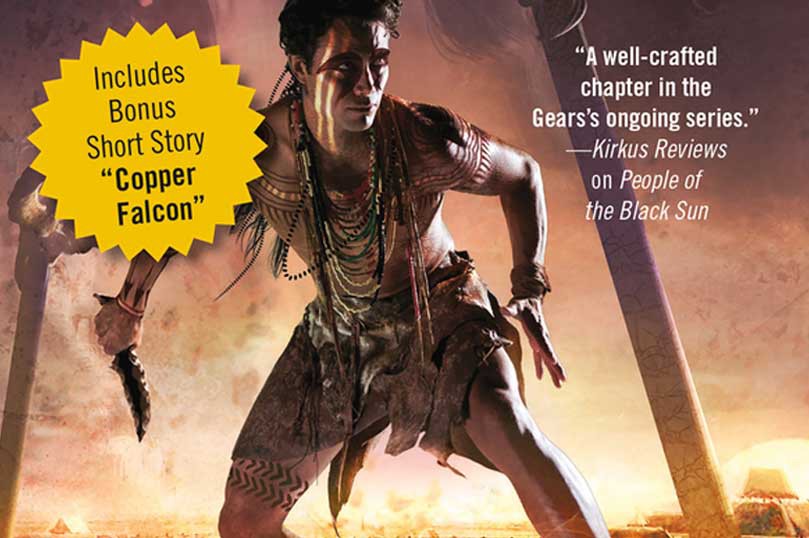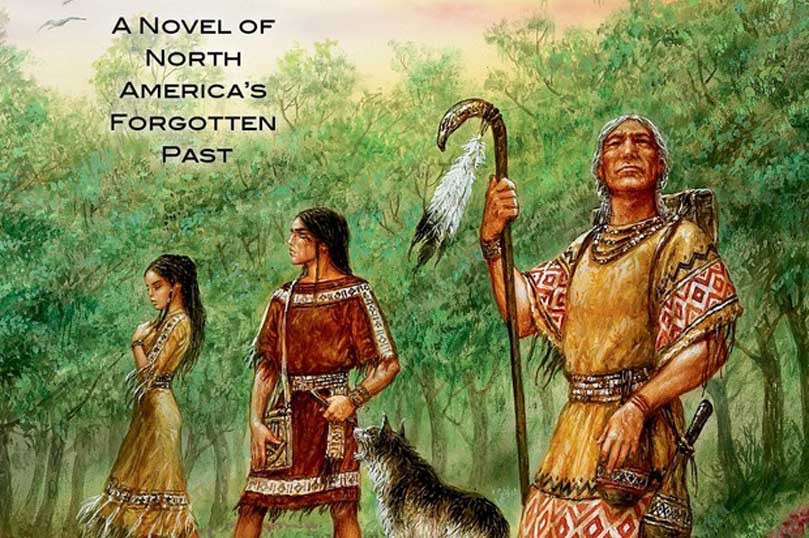
People of the Morning Star & Cahokia
About People of the Morning Star: Bestselling authors and archaeologists Michael and Kathleen Gear begin the stunning saga of the North American equivalent of ancient Rome in People of the Morning Star. The city of Cahokia, at its height, covered more than six square miles around what is now St. Louis and included structures more than…


